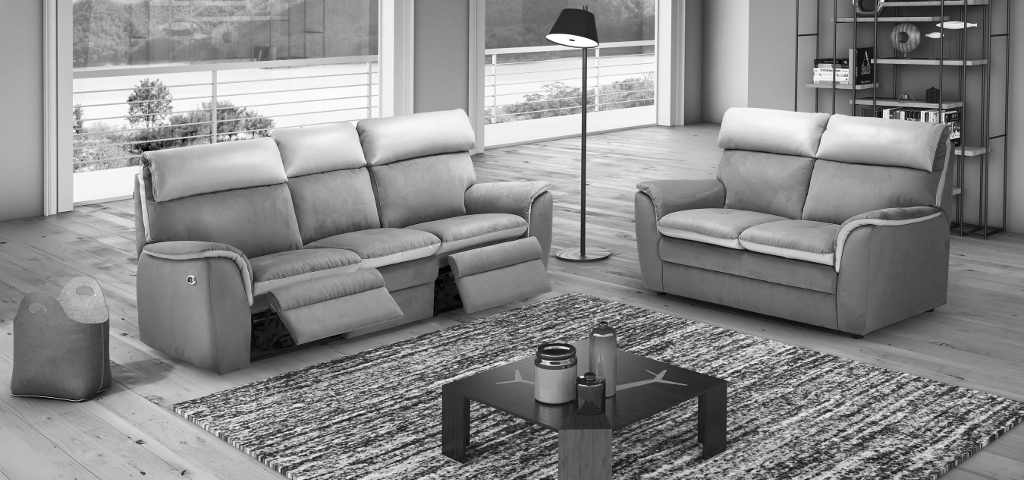Mature markets (EU, USA, Israel, Oceania and Far East, excluding China) are in steady state, there’s room in China and India and excellent prospects for neighboring emerging countries. This is the foreseeable scenario of the Italian furniture export for the next two years, according to ITA (Italian Trade Agency) and Prometeia (Research and Business Information) studies in the report Foreign commerce evolution for sectors and areas, November 2017.
Globally, it is expected a growth rate in the furniture import equal to 6,7% in the 2018 (+ 2,5% compared to 2017), with a further increase of 0,3% in 2019.
In 2016 the quota on total importation in the world was 6,6% far from 8,7% in 2009-2011, but +0,1% in comparison to 2005. Furthermore, in the last five years, big emerging countries identifiable in BRICS (Brazil, Russia, India, China and South Africa) have increasingly turned their attention in the classic Made in Italy triad, that is to say fashion, food and furniture with the strongest increase for the latter especially in China and moderately in Brazil and South Africa. Excluding China, other mentioned countries emerge from recessions and, for this reason, they are proving that Italy is a preference foreshadowing a greater consolidation for Italian quotas in the next three years.
Just as in the post-crisis period in Western countries, a new consumption pattern occurs in emerging countries, inspired by sobriety and originality more than the recognizability of the big brands. So, small and medium-sized enterprises have always more intervention domain. “Italian enterprises which aim to emerging markets – ITA and Prometeia state – deal with a favorable development scenario; for the growth forecasts, but also a greater selectivity of consumers and enterprises’ purchasing, a feature in accordance with the strengths of Italian offer.
But the emerging states which must be brought into focus for Italian furniture export are neighboring countries, in Europe (Albania, Bulgaria, Czech Republic, Croatia, Hungary, Poland, Romania, Turkey, Ukraine) and in the Middle East and North Africa (UAE, Iran, Lebanon, Morocco, Saudi Arabia). These two macro-areas made profit for furniture exportations of 1 milliard and 471 million euro, respectively 11,6% and 12,4% of the total of all the product sectors (second place in Europe, after Mechanic, first in Middle East and North Africa, before Mechanic). It should be noted that concerning North Africa, this information regards also Libya, Algeria, Tunisia and Egypt that, in this historical period, import furniture from Italy, but in negligible volumes. Compared to the past, quotas of neighboring emerging countries result increased particularly thanks to Contract, affected by real estate and Ho.re.ca.
In this context, two relevant factors should be brought to the attention of Italian companies for the definition of commercial strategies: the young age of new consumers and the correlated inclination to online commerce.
Enough to say that also in emerging markets with demography as western countries, such as Poland, Russia or China, approximately 60% of population is under 40. It is about people who are usually connected to the Internet (through computers, but mainly smartphones) for shopping, too. Google Barometer indicates a percentage which exceeds 90%, twice compared to 55+ age people.
In this regard, 33% of about 730 million of people in the big China market who use Internet buy foreign products online at least once a year. This reality is worth thinking about.
A purchasing habit that in Russia and Brazil is chosen by 40% of Internet users.

